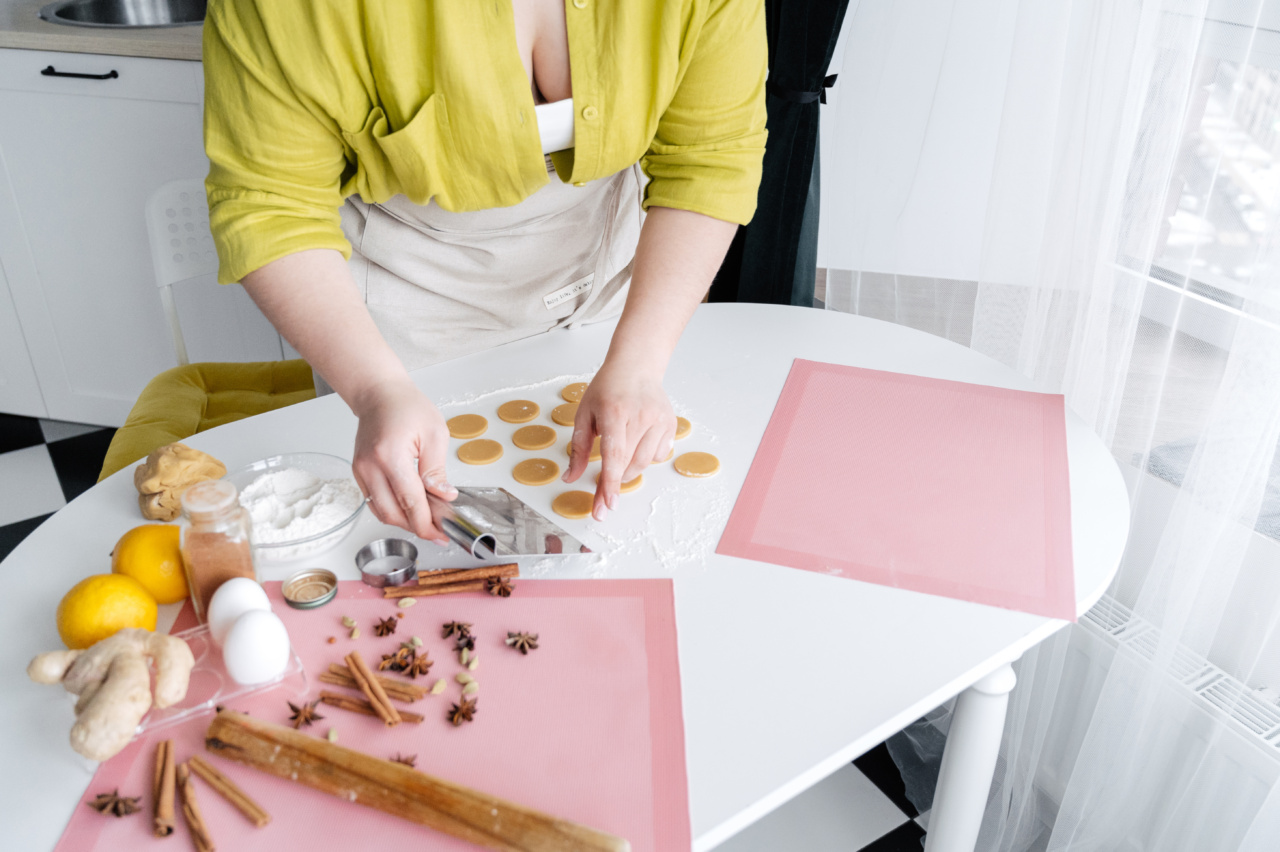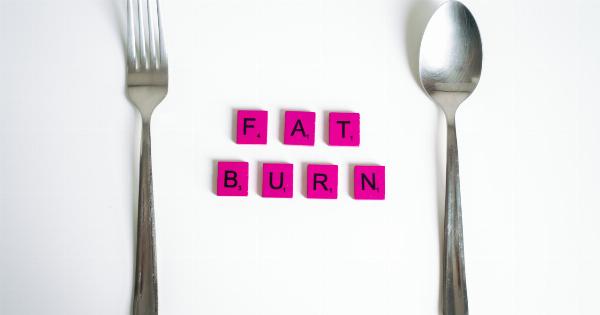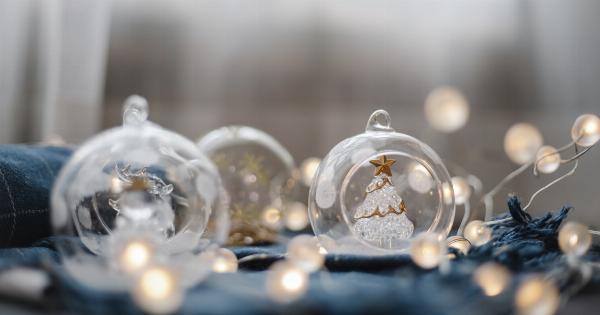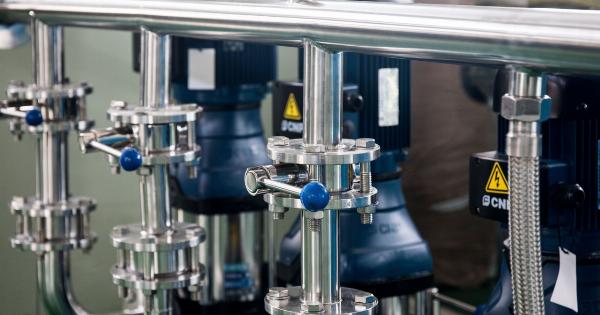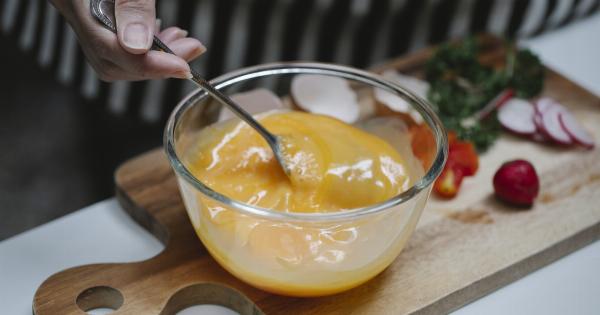The holiday season is undoubtedly the most joyful time of the year. Filled with festivities, family gatherings, and plenty of good cheer, it’s a time when people come together to celebrate and create lasting memories.
However, as the holiday season comes to an end, many individuals find it challenging to transition back to their regular routines. The post-holiday blues are quite common, but with some proactive measures, you can make this transition more manageable and even permanent.
1. Reflect on the Holiday Season
Begin by taking a moment to reflect on the holiday season. Relive the cherished moments, the laughter, and the joy you experienced during this time.
Take note of what made these moments so special and vow to incorporate more of those elements into your everyday life.
2. Set Realistic Goals
It’s easy to feel overwhelmed when returning to the hustle and bustle of daily life, but setting realistic goals can help ease the transition. Start by identifying your top priorities and breaking them down into smaller, achievable steps.
This way, you can make progress without feeling overwhelmed.
3. Create a Routine
Establishing a routine is essential for a successful post-holiday transition. A consistent schedule can provide a sense of stability and help you regain a sense of control.
Plan out your days, allocating specific time slots for work, leisure, exercise, and other essential activities. Stick to this routine as best as possible to maintain a sense of normalcy.
4. Incorporate Holiday Spirit into Daily Life
Just because the holiday season is over doesn’t mean you have to let go of the festive spirit entirely. Find ways to incorporate elements of the season into your daily life.
Whether it’s playing your favorite holiday tunes, cooking special meals, or surrounding yourself with decorations that bring you joy, keep the holiday spirit alive all year round.
5. Practice Mindfulness
Mindfulness is a powerful tool when it comes to navigating transitions. By practicing mindfulness, you can bring your attention to the present moment and accept it without judgment.
This practice helps reduce anxiety and stress associated with post-holiday blues, allowing you to embrace the present and move forward with ease.
6. Maintain Connections
One of the highlights of the holiday season is spending quality time with loved ones. While the festivities may have come to an end, it’s crucial to maintain connections with family and friends.
Schedule regular meet-ups, virtual hangouts, or phone calls to keep the spirit of togetherness alive throughout the year.
7. Pursue New Hobbies or Interests
The post-holiday transition is an excellent time to explore new hobbies or interests. Use this period to discover what brings you joy and passion outside of the holiday season.
Whether it’s painting, learning a musical instrument, or joining a sports team, engaging in new activities can inject excitement and purpose into your daily life.
8. Embrace Self-Care
Self-care is vital for maintaining overall well-being during any transition. Make self-care a priority by engaging in activities that promote relaxation and rejuvenation.
This can include practicing yoga, taking soothing baths, reading books, or enjoying nature walks. Remember to listen to your body and mind’s needs to ensure a successful post-holiday transition.
9. Set New Traditions
Traditions are an integral part of the holiday season, but they don’t have to end there. Use this transitional period to establish new traditions that bring meaning and joy to your life throughout the year.
It can be a weekly game night with friends, a monthly movie marathon, or even a regular volunteer activity. The key is to create rituals that add value and create a sense of anticipation in your everyday life.
10. Focus on Gratitude
Gratitude is a powerful antidote to post-holiday blues. Train yourself to focus on the positives in your life and express gratitude daily. Keep a gratitude journal and write down three things you are thankful for each day.
This simple practice can shift your mindset and help you appreciate the present moment.
